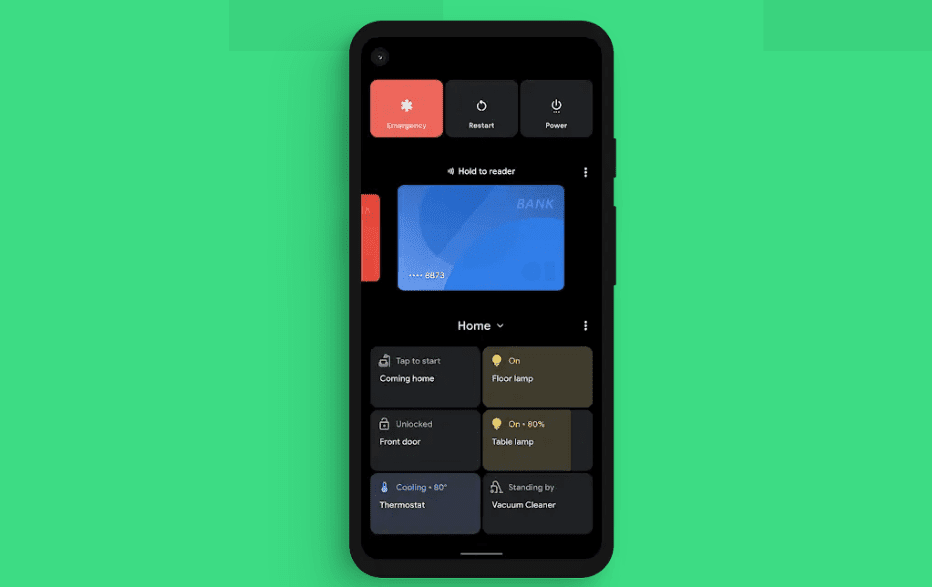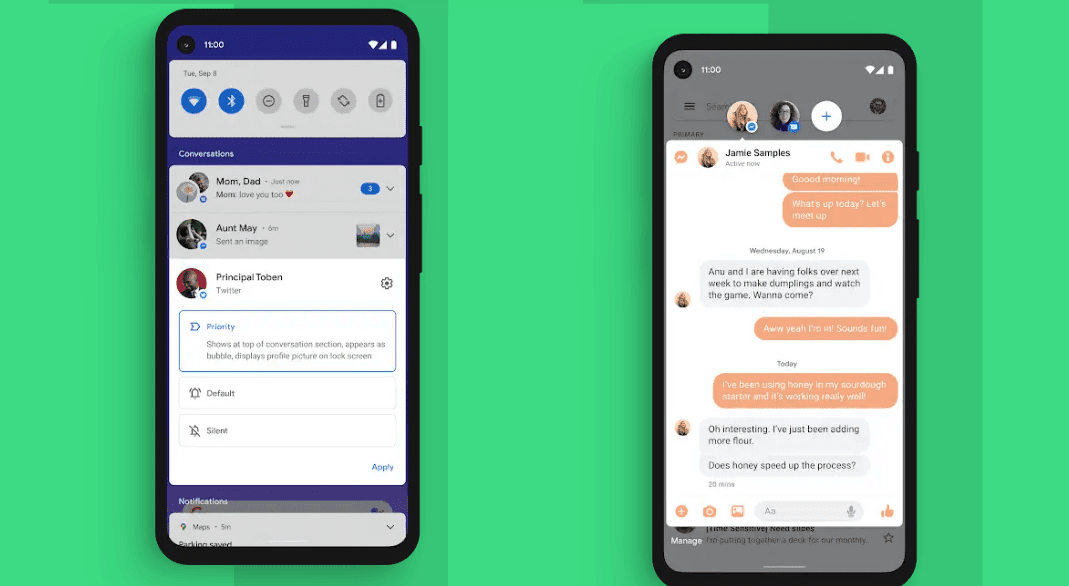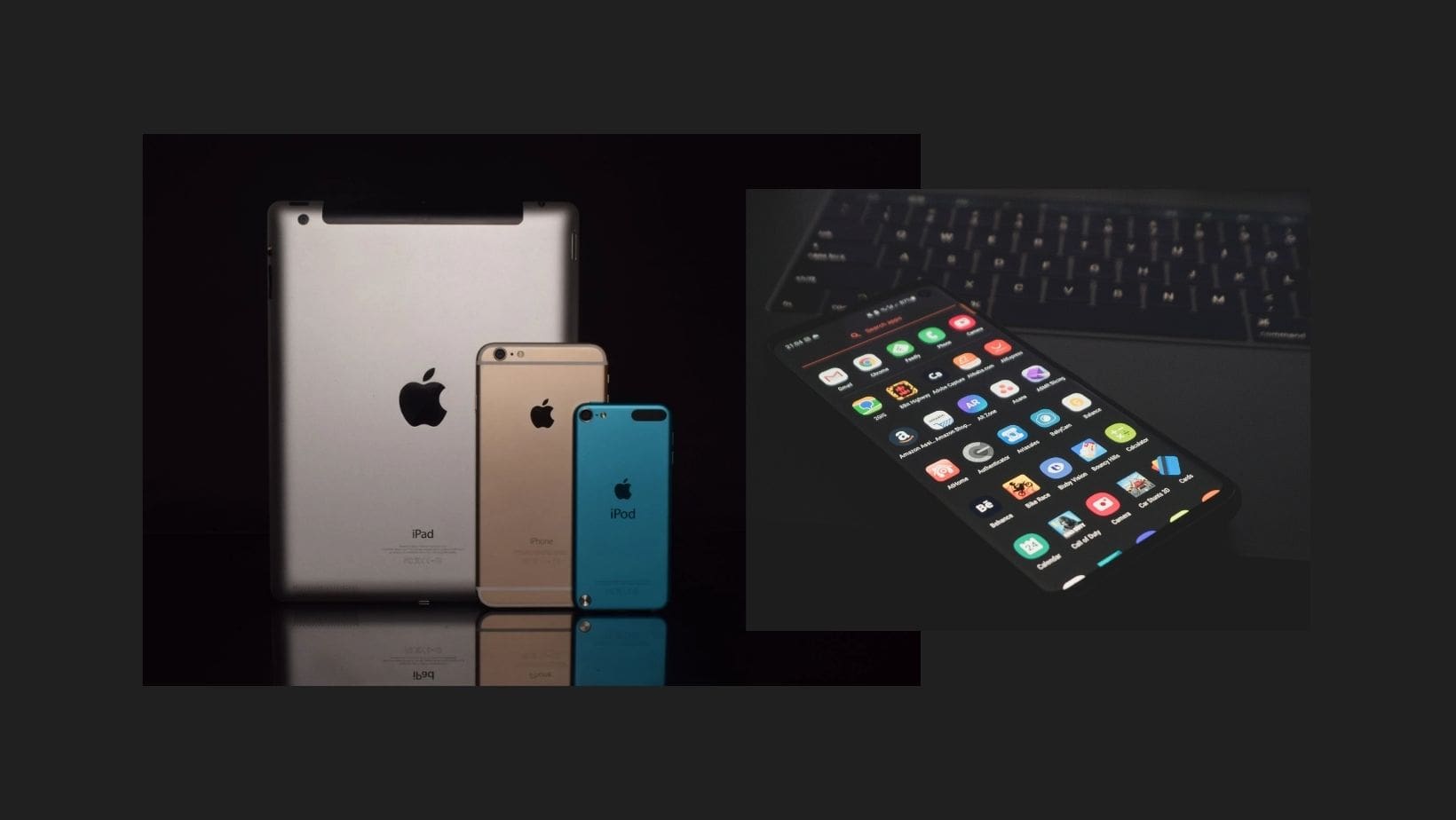We have 6 Million+ apps on Android & Apple. You would have come across several Unicorn stories and many apps even making it to the NASDAQ. From education, healthcare, entertainment, and retail to energy, transportation, travel & hospitality – mobile apps have taken over the global economy. And it will keep growing in the coming years. What makes me say that? Innovation in AR, VR, IoT, Edge, AI, ML, Beacon, and Blockchain technologies, and the affordability of premium cameras, sensors, and smart gadgets will further fuel-up the app economy. We see a lot of untapped potential in the market. And I’m pretty sure, you see it too? Right? Chances are you already have an idea, and you are here to estimate the cost of developing a mobile app for your idea. Yes? Great. Read this article to thoroughly understand the factors that influence the cost of an android or iOS app development.
If you only want app development cost estimates, we have set up a calculator to find out the cost of developing an app. If you want to understand how the mobile app development estimates are calculated – continue reading this Q & A themed insight.
How to develop mobile apps?

I’ve an idea for a mobile application. Now, how do I develop a mobile app for the same?
Great. Now that you have an idea, We recommend developing a MVP (minimum viable product). If you are new to this term, MVP basically means launching your app with bare bones i.e., minimum features including USP (unique selling point) of your app. It doesn’t mean that your UI has to compromise on the aesthetics, design, or usability. Your UI will score high on usability and look captivating. Once you validate your idea in the market with a MVP, you can start building new features into your app, and then iteratively develop your mobile app with a data driven approach. Wait, data driven approach? Yes, do not assume and build features. Instead, observe what your users want, and build those features. In-app usage analytics helps you analyze how your app users are using the app.
Okay, I kind of understand it but what if I don’t know how to develop an app?
Great question. If you’re a technical person with a team of app developers who have the bandwidth to develop a mobile app for your idea then you can of-course engage them for the same. But if you don’t have a team, you have two options –
- Hire a team, of-course. LoL.
- Outsource it to a good app development company.
What’s outsourcing? How to decide whether I should hire a team or outsource?
Outsourcing basically means – you engage an external app development agency to develop your app in lieu of the amount you pay to them. Ah! That’s what this insight is about i.e., ‘how much amount do you need to pay for the app development’. Right? Stay with us, we shall figure it out.
Now, hiring an internal app development team makes sense if you understand the intricacies of developing a mobile app. Otherwise, you can always outsource the app. Team augmentation is another alternative, but again challenges are the same as hiring an internal team. Team augmentation is helpful to temporarily find talent for short time projects or to speed up the development of an existing project.
Is hiring an internal team or team-augmentation cheaper alternatives to outsourcing?
Not really. In-fact it’s the other way around in the majority of development projects.
Find out more details on outsourcing & team augmentation.
How much does it cost to develop a mobile app?
Yeah, now we’re getting to the core of this insight i.e., estimating app development costs. On a high level, whether you hire an internal team or outsource the costs are influenced by the number of talent-hours it requires to get it up and running.

How much does it costs to develop an app by hiring an internal team?
If you hire an internal team – app development could cost you anywhere between USD 200K to USD 750K. It’s a high level estimate, real costs will depend on the number of developers, project managers, designers, testing engineers you hire, which in turn is dependent on the complexity of your app. If you only hire two developers, one designer, and a QA engineer – your minimum annual operational cost would be around USD 250K+. The numbers would go a lot higher if your app needs AI/ML engineers, data engineers. In short, the cost of mobile app development is directly proportional to the complexity of the features you are building in your app. This applies to both ‘internal hiring’ and ‘outsourcing’ approaches to app development.
How much does it costs to develop an app by outsourcing?
App development agencies i.e., your outsourcing partners usually charge directly on the basis of number of developer hours, or they have a flat rate per feature development (which again is related to the developer hours required to build the feature). At Codewave, we have a very transparent methodology of developing a mobile app. Our clients know exactly what’s costing them how much and why. Not just clients but our stakeholders know it all too. Maybe, this too is one of the factors that differentiates Codewave from the rest.
Usually, if you engage with an outsourcing agency a simple app takes around 400 – 800 hours of development time. And that costs around USD 25k+ to USD 100k+ and above. Depends on the agency, and how much they charge on an hourly basis. At Codewave, the projects we do cost in the range USD 25K to USD 250K. Again, that depends on the complexity of features you are building. Estimate how much it would cost to develop your app with Codewave.
Does outsourcing location play a role in determining app development costs?
Yes, absolutely. The location and the caliber of the developers does influence app costs. For example, the average hourly cost of an outsourcing company in India is less than USD 25/hr, while in the UK it is USD 100/hr, and in the US USD 150/hr. Number of development hours would remain the same.
I’ve seen a few companies building a narrative on their website that higher cost means higher app quality. Which can of-course be true in many cases, but we have to understand that if Intel i3 processors start charging the price of i11 it doesn’t mean the performance too will be at par with i11. Same way, if a street food stall charges less than a premium restaurant doesn’t mean the quality of food served will be poor. It can be better, or it can be poor.
Price is a reflective factor but not a decisive factor. While choosing your outsourcing partner – do look at the projects that they have done, the reviews they have received, talk to them, find out details about their app development approach and practices. Stalk a little on social media. And you will gain clarity about who you want to lend your project too.
Any details on which features impact the cost of mobile app development?
Yes, now we shall discuss it. This is the most crucial part to understand for clarity over how app development costs vary so much. In our article on cutting mobile app development costs, we shared the report by Clutch that quotes the average cost of mobile app development to be $171k+. In that article, we have also shared some actionable tips to cut down app development costs. Do read it.
Let’s dive deeper into how different features and infrastructure specific factors influence the cost of mobile app development.
- Supported Platforms
Whether you are developing for Android, or iOS, or just a PWA plays a major role in determining app costs. While Android and iOS would take an equal amount of development time, PWA apps demand relatively less development time. If you are developing for one single platform then using native technologies makes sense. Basically, Kotlin for Android and SWIFT for iOS.
Additionally, if you want to support multiple versions of the OS, that too adds extra hours to the development and testing process.
If you are developing for multiple platforms then cross-platform technologies can help you save a lot of development time and the associated costs. React-native and Flutter are two most popular cross-platform frameworks in 2021 and will continue to dominate in 2022. Native app development would require around 400 – 800 hours each. Cross platform app development would save you 30-40% of development time. Here are some additional reads for you if you want to dive deeper into app development stacks –
iOS tech stack to build scalable apps.
Swift vs React native vs Flutter for mobile app development
React native vs Flutter for cross platform app development
React native for cross platform mobile app development
- Wireframing, UI/UX, and Design Thinking
Design thinking is an approach to build user centric applications and keep fluff out of it. Some companies do invest in design thinking and some don’t. At Codewave, all the projects that we do inherently includes design thinking too. ‘Design thinking’ led UX keeps assumptions away while designing user journeys and the app design interface. This phase of the project adds 100 – 200+ hours. The more the app page variants or screen variants (design lingo), the more the hours needed. Here are my top recommendations for design thinking insights:
Design thinking. Why it matters?
4 steps to practice human centered design.
10 UI/UX mistakes to avoid while designing and developing an app
- Device native features

Accessing native device features like camera, audio, location, dialing, accelerometer, etcetera which are there since a long time falls under low complexity tasks and require less number of developer hours to build relevant features into your app. But building features that utilize gyroscope, barometers, NFC chips, native payment hardware, beacon, etcetera falls under complex functionalities and contributes heavily to development hours. Add an extra 50-100 hours to the development time if you are using complex native device features.
Fun Fact: Android 11, the latest version of Android, now allows you to record app screens and audio from within the app.
- User login & data management
How you handle user login, what methodologies you provide your users to login into your app, etcetera play a major role in deciding the number of hours required to develop login features. Do you provide login functionality with email or social or do you provide native registration/signup features? Or all three? What about forget password, reset password features? Do you integrate OTP based logins? Mobile OTP or Email OTP or both? How do you secure the login credentials? How do you manage session data? There are so many intricacies related to Logins itself. On an average you can add 30-50 hours for simple login features, and 50-70 hours for complex logins.
- User engagement features
User engagement features like social sharing, reacting and replying from within notification bars, sms updates, etcetera also adds extra hours to development. Depending on the level of customization and complexity these may take 50 – 100 hours.
- Content & Media features
Will your app have user generated content? How do you store and manage it? Is it encrypted? User content features are kinda a must in camera apps, self-publishing apps, social media apps, event apps and now ecommerce apps too. Media apps like short video social platforms, review aggregation platforms, and content publishing platforms are going heavy on user-generated content. Integrating a backend CMS and frontend UI are time intensive tasks and add up to 100 hours to development.
- Location features
Building simple location aware apps with geofencing and iBeacons can add 50 hours to development. Complex features can add up to 80-150 hours.
Read our insight on building location aware apps.
- Payment, subscription, and commerce

You don’t need to build a payment feature from scratch, it will take 1000s of hours to do so. And to avoid that, we integrate our app with services like Paypal, Stripe, Razorpay, etcetera. And this too requires anywhere from 40 – 200 hours, depending on how many payment channels you plan to integrate in your app.
- Data storage, syncing, and encryption
If your app is data heavy, you need to design the database i.e., how you would be storing the data, building relations between different storage tables, and creating a mechanism to handle security and threat events. You might also need to sync the data between different users, or the same user’s data on multiple platforms. These are crucial features to build collaboration related apps that work online/offline as well. Canva is a good example, Google doc too. Keep an extra 70-100 hours for data related feature development.
- Third party API integrations
Third party API integrations are quite common. These speed up the development process. But still, it takes time to integrate these APIs. Let’s say you’re a hotel business and developing an app. Then you might want to integrate a third party flight search api, or a on-demand fleet management API like Uber, and/or Google Map API, Stripe API, etcetera. So, it will save you a ton of time because now you do not have to build all these features from scratch. But it will take time to integrate these APIs. If the APIs are well documented and maintained then integrating it is not a big deal and can be achieved within 30-50 hours. But if it’s a proprietary API and not documented, gosh it can take a lifetime. Okay, 100+ hours minimum.
- Infrastructure setup
We will not discuss on premise app infrastructure, as that’s rare. Today, most of the SMEs opt for cloud infrastructure. And setting up your infrastructure in the cloud in a secure way would take around 50-100 hours.
- Agile, Testing & Deployment
Today we don’t have a reactive approach to app development. It’s proactive. We don’t wait for tragedy to strike. We prepare for it in advance. And that’s a driving factor behind test driven development, and agile development. Testing and deployment can add up to 200 hours.
- Emerging tech features – AR, VR, IoT, Edge, AI/ML, Blockchain
As mentioned earlier, the more features you build into your application, the more hours will be required. For estimating these, I would recommend speaking with our consultants.
- Maintenance
Maintenance is an ongoing task. It is variable in nature and depends on the frequency of changes, and the complexity. This too can be calculated only when the requirements are clear.
Hurrah! Summing up the app development cost..
If you add up all the max hour estimations – the numbers would come in the range of 1200 to 1400 hours. But not all apps need all the features. On an avg, simple to slightly complex apps would need 800 hours to 1200 hours, and would cost in the range USD 25k to USD 40k. You can get rough estimates from Codewave for developing your app by visiting this link. Alternatively, if you have made up your mind and have clarity about your development idea, you may directly reach out to Codewave to discuss the project.
Here are some recommended pages:
Serverless Mobile application development
Frequently Asked Questions(FAQs)
What determines the cost of an app?
As explained in this insight, outsourcing partners, wireframing, design thinking, supported platforms, device native features, user login & data management, user engagement features, content & media features, location, payment, subscription & commerce, integration, data storage & encryption, infrastructure, testing, deployment, maintenance are some of the prominent factors impacting the development cost of a mobile app.
Why design is the most important factors in a mobile app development?
If design i.e., UI & UX of the app is broken then it would score very poorly on usability and customer experience (CX) metrics. And so, design thinking and app’s UI design element becomes one of the most critical aspects of any app development project.
Codewave is a design thinking led digital transformation company enabling organisations with playful innovation using AI & ML, IoT & Edge, AR, VR, Cloud, Blockchain, and Data.







